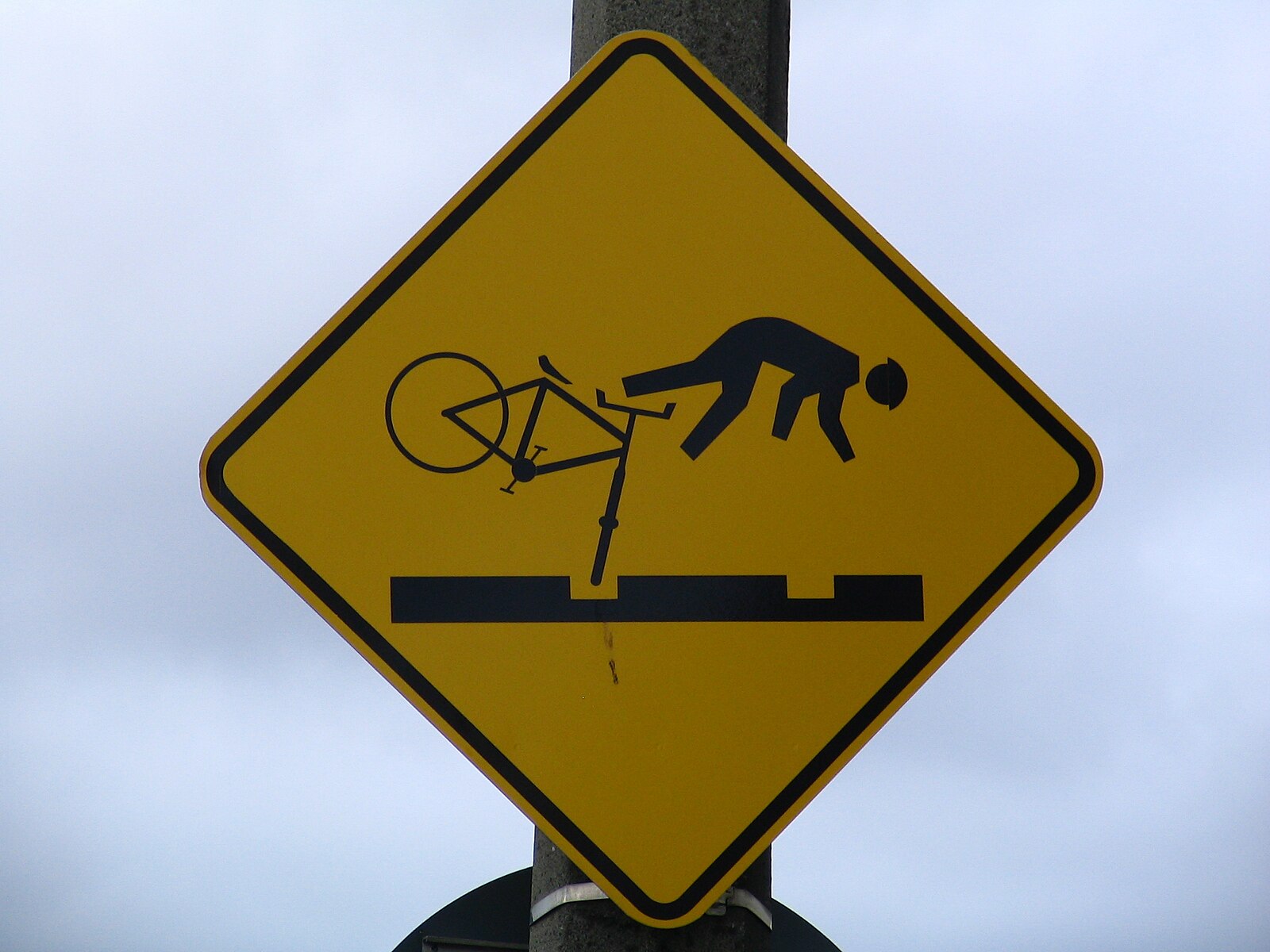The Right Hook and Other Bicycle Hazards
Cars and Pedestrians Can Be Hazards, as Are Railroad Tracks, Gravel, and Other Perils

After being nearly hit by a car while cycling a decade ago, I was rattled but kept on with my commute with one curious exception: I decided to tell my husband my location, so if I died someone would at least know “I knew it was a bad corner.”
Once calm, it occurred to me that most bicyclists know the trouble spots on their routes. Rather than building a soap box to stand on if injured or dead, I created BikeMaps.org, a global web-map where anyone can map a bike crash, near miss, or hazard. It is estimated that only 20 percent of bike crashes are officially reported and credible data helps fill this gap.
Bicyclists face a disproportionate amount of injury and death on our roadways. In 2021, the most recent data available, more than 900 people in the United States were killed while bicycling. We don’t have to accept these avoidable deaths. We can change the design of our transportation networks, separating bikes from other road users, creating bicycle friendly intersections, and designing hazard free environments will keep more people safe.
But these changes require tradeoffs, including allocating space on our roads for cyclists. A decade since the launch of BikeMaps.org, the tool has been used in over 40 countries in six languages and informed planning and infrastructure decisions and studies aiming to increase our understanding of how to support safe bicycling.
Data show safe bicycling requires bicycling-specific infrastructure. Cities cannot simply add bicycles to our existing vehicle-based transportation infrastructure. At a time when e-bikes are growing in popularity, integrating bicyclists safely into our transportation network is particularly important. What have we learned that can be a guide for safer bicycle infrastructure?
Intersections are bad for bicyclists. Incidents with the most severe injuries were associated with vehicles turning left at an intersection, failing to stop at an intersection, or locations where multiuse paths intersected a road. Intersection maneuvers, especially left turns, require high cognitive function, making them a challenge for road safety.
The right hook is an intersection hazard. The second most commonly reported incident is the right hook. This occurs when a driver and bicyclist pull up to an intersection side-by-side. Typically, the bicycle is traveling straight, while the vehicle driver is turning right, effectively resulting in the bicyclist getting cut off. Right hooks cause injury that is easily avoided if bicycles are encouraged to stop at the intersection in front of cars, in a space that is marked as a box with green paint.
It’s critical to separate bikes and other transport modes. Physical separation between bikes and other transportation methods is the best way to create safe bicycling environments. Painted bicycle lanes fail to address common safety issues, such as drivers coming in and out of parking lots, especially drive-thrus, and vehicles passing too closely.
Pedestrians need space: It isn’t just vehicles that are a problem for bicyclist safety. Multiuse paths where people walk and bike have been shown to be more dangerous than most people expect.
Cyclists need protection from falls. Falls account for a significant proportion of incidents, and often require medical attention. Falls are reported to result from train tracks, parked cars, signage and gates, construction, gravel surfaces, and even animals (i.e., dogs or urban deer).
What about increasing safety by enforcing bike helmets and safety gear? Sure, helmets and lights are helpful. But, if I had to choose where to put public funding, I will always choose to invest in making road conditions safer for everyone.
Dr. Trisalyn Nelson is the Jack and Laura Dangermond Endowed Chair of Geography at the University of California, Santa Barbara and a Public Voices Fellow.
